How to Shoot Great Photographs
My Shots are good but not great. What do I need to do?
In the past I had written an article on “How to shoot a good photo” http://www.indiawilds.com/diary/how-to-shoot-a-good-photo/ detailing the various tips and tricks. By now most of you seem to have mastered those rules and want something more. The following tips may seem easy but is actually difficult to master as it may require you to change your behaviour.
Capture the Essence:
Photography, whether still photography or motion pictures, is not just visiting a beautiful location and clicking a shot. Every photo lives and breathes if the elements in it are in harmony. Unlike the oft repeated “say cheese” or “smile” before a person is clicked, a good photo captures the essence of a person or place. A good photographer or cinematographer tells a story through his/her shots. He/she conveys his/her point of view.
If you want to move beyond those picture postcard type photos then think what you like about the scene. Like the headhunters of yore, try to identify and then capture the spirit of the place or person in your shot. One of the most iconic photos of India’s first Prime Minister, Pandit Jawaharlal Nehru is his photo with the rose. That photo remains etched in everybody’s memory and it speaks volumes about him. If you are clicking an artist, then don’t just ask him/her to “say cheese” and click but show him/her engrossed in doing whatever he/she likes the best. If you are shooting wildlife then include the habitat of the bird or animal to establish the relation between the subject and the species.
So if you give a master photographer even a small compact camera and a big DSLR to a novice, the image of the master will outshine.
Imagination:
The world is a giant masterpiece. Our eyes can only see a small part of it. We then isolate a tiny portion of it and capture it using our camera. Our minds eye has to first see it so that we can then aim our camera and lens at it.
I was trekking in monsoons many years back and was looking at the waterfalls and not liking those. For record sake I captured some standard compositions as well, however, those shots were not exciting me. The reason was that those compositions were standard compositions, which any one can capture. One of those shots I am sharing below.
Then I started looking at smaller portions of the waterfall and finally created this image.
If you are receptive, then nature will present itself as a beautiful maiden.
Patience:
Like in many things in life, patience is a key requisite for getting a good shot. For my recent film, I wanted to showcase the pollution due to immersion of idols. I found these idols of Lord Ganesha lying in the creek for days without disintegrating as those were made of plaster of paris (PoP) which is non-biodegradable. I had got those shots but I was feeling that it is not powerful enough. So I spent many days watching it. Finally I got this image of crows perched on top of the idols.
If you observe wildlife then you will realise that they show immense level of patience to capture their prey. This crocodile was patiently waiting for a bird chick to fall down from its nest. It had remained still for hours and the bird droppings had fallen all over its head and body. Who says man is the most intelligent creature on earth?
Vision:
Too often we use the word vision in filming and photography. We talk about a directors vision. Some call it Director’s point of view and there are a host of other words which are also used. I have seen directors who talk about their vision and realise that they are only using the word “vision” as they have read about it somewhere. So what is it?
Think about a situation, a predator hunting its prey. It can literally be about wildlife or it can also be a human predator looking for one of his victims in a film. Suppose you don’t want to show the blood and gore as that has already been shown with all kinds of nauseating details in films and images. The sight of blood often repulses people. So how do you approach it? One way can be to show the intent. One shot of the weapon or even better a predator looking at his prey can be a powerful visual. While creating the following image, I was watching a tigress trying to hunt her prey leaving behind her cubs on a hill top.
If you understand the behaviour of the tiger, then you would know that the tiger never does a mad dash at its prey. The tiger takes its time to survey its prey and often changes its approach. It is very careful and methodical. In this situation there was an approaching sandstorm and the tigress stalked the deers and moved in closer. Then before the final charge, it slowly stood up to again survey its prey and the distance. That was the time I decided to click this shot showing the tigress and the prey in the background. It shows the intention without the blood and gore.
This also brings us to the point that if you don’t know your subject, you won’t know the behaviour and hence will miss it.
In the following image, I was waiting for the deer to look back as it always does to ward off any danger from behind. I was watching this deer in Sundarbans and had decided on this composition before hand. Finally when it looked back, I had my image.
Isolate point of interest & Frame:
Whether you are following a herd of wild animals or filming a group of people, no two individuals will be doing the same thing. Watch out for one of them engaged in interesting behaviour. While filming for a HBO documentary in a village, I found these children playing with straw horses. There I found one girl had brought her tiny sibling and she started feeding the toddler. I moved in to frame this through a straw horse, ensuring that the frame results in the eye locks in to this tender moment of bonding between two siblings.
Not often we have a voiceover to help us pull in the attention of our viewers. So using creative framing and using the concept of a frame within a frame, one can help direct attention.
Action:
We like a photo when there is action. Unlike actors in a movie you can’t dictate action with regular people as well as with wildlife. So one needs to be prepared. If you cannot capture the rare shot when it is unfolding, then no amount of expensive equipment will be enough.
One needs to learn his/her equipment as if it is like an extension of your body. Composing, focusing and capturing the shot should be like an involuntary action of your body.
If a crocodile is running fast to enter water and you want to film it in slow motion, then you better know how to immediately change the setting in your camera. In the video below the opening shot of the crocodile running and entering into water was captured from a rocking motor boat at 4K @50p ie 50 frames per second and immediately after it has entered into water I changed the setting to 4K @25p ie 25 frames per second in 4K resolution. In such moments you should be able to think fast and change your settings in a fraction of a second. 🙂
People often think Action photography is all about clicking in a high burst rate as if firing a machine gun. Don’t spray and pray that one of your shots is going to come good. Be calm and choose your moment to click, the way Hollywood movies portray a sniper firing a single shot and succeeding. Be ready, take your time and if you like it then click.
The above shot is from my recent film “Jewels of Thane Creek”. I had visualised this shot and spent many evenings waiting for the perfect sunset and a flock of flamingos. Once you have visualised a scene, be patient and wait for the scene to unfold. Don’t get tensed during this waiting period. When your mind is tensed, you tend to make a lot of mistakes. So just relax and enjoy your passion for photography. Keep on learning and continue honing your art and craft. The results will follow.
- Canon Launches Cine Servo 11-55 mm T2.95-3.95 lens - 10 September,2025
- Water Monitor Lizard in Sundarbans - 14 May,2025
- Radio collared Tigress - 30 January,2025



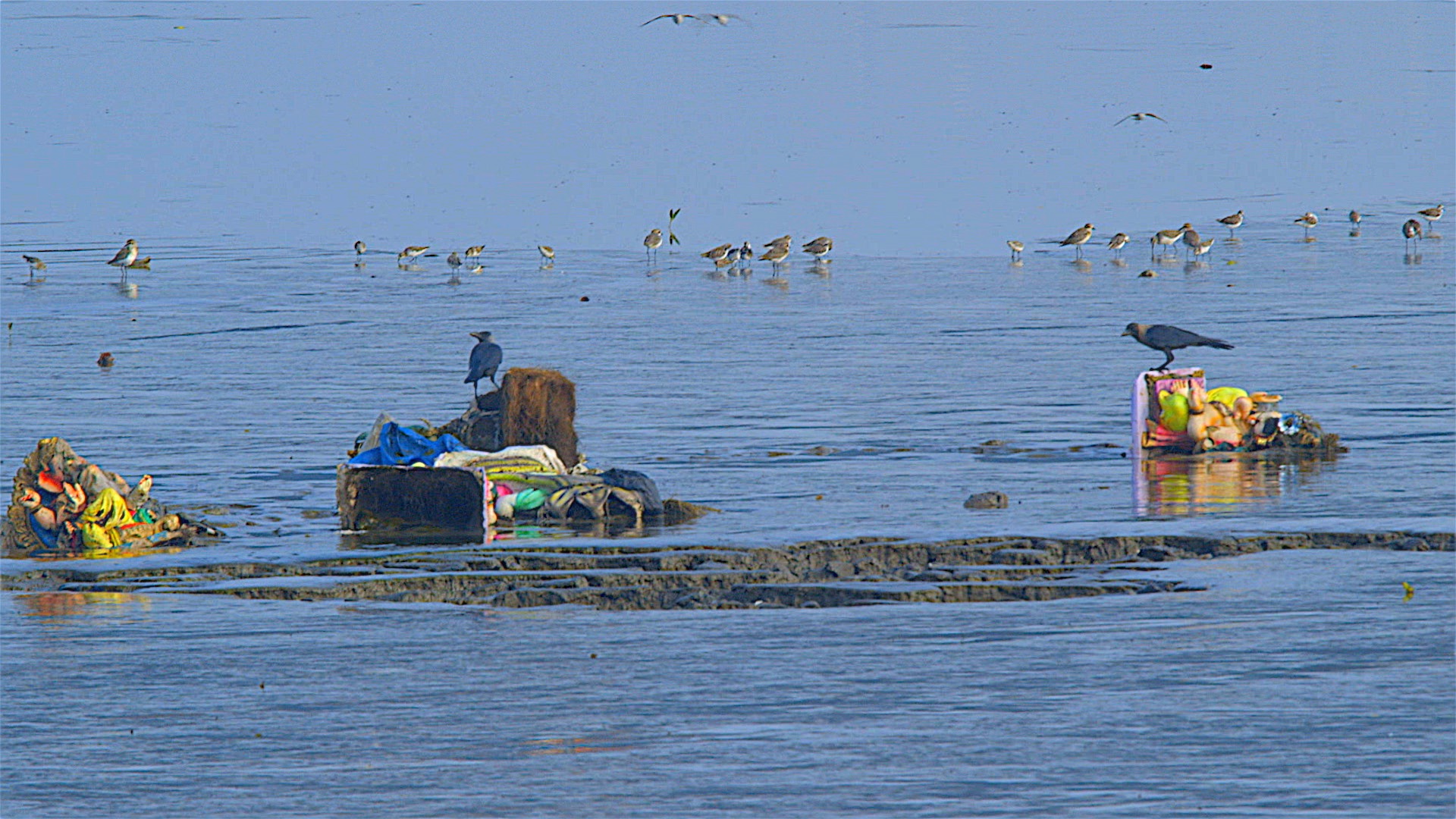





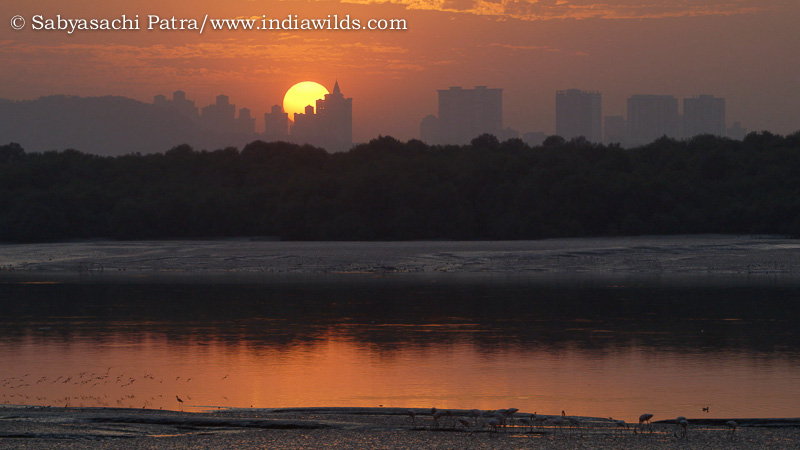
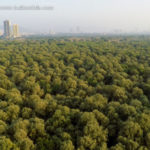
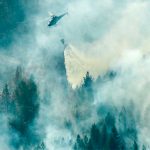

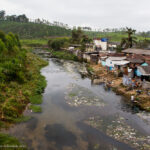
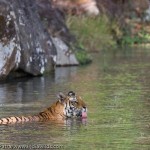
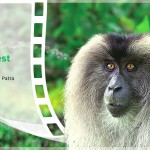



Amazingly wonderful captures, and a great tutorial! Thank you boss:)
Thanks Amit!
I am very happy that you like it.
Cheers,
Sabyasachi
Stunning!
I am speechless!
Thanks for the tips mentioned.
Indrani,
I am pleased to hear that the tips would be of use.
Cheers,
Sabyasachi
Great tips.
I was delighted to see a masterclass by Sabyasachi Patra. ‘Patience’ and ‘vision’ indeed, as you have said in so many words and pictures. My favourite is the one where the predator (the tiger) is readying for an attack on the deer who is a silhouette in the picture: priceless.
I believe each frame should speak and help us imagine the situation. If the image gives a cue to the imagination of people and make them think what would have happened next, then the purpose is solved.
When,there is no,hope left in my life i read your post and I started doing what do i love to do
Thank you for tutorial. any kinds of tips or updates please give me. I hope we will work with us I tried to work with you I learn